How to calculate return rate (ROR): Learn how to calculate the rate of return on investment (ROI). Plus a link to calculate rate of return. Please note that I am not a licensed advisor and this post is not investment advice. It is for entertainment purposes only. This article may contain affiliate links.
It would be nice if investing was as simple as adding up the dividends each month or tracking net worth.
But there’s a little more to it.
You need to know how to calculate return rate in order to know how well your portfolio is performing. Otherwise, you might be underperforming or leaving money on the table.
Once you know the annualized rate of return (ROR), you can compare your overall performance to determine if it makes more sense to invest in an index fund.
In this post, I will show you how to calculate return rate and provide a link to a calculator to track your returns.
Let’s dive in.
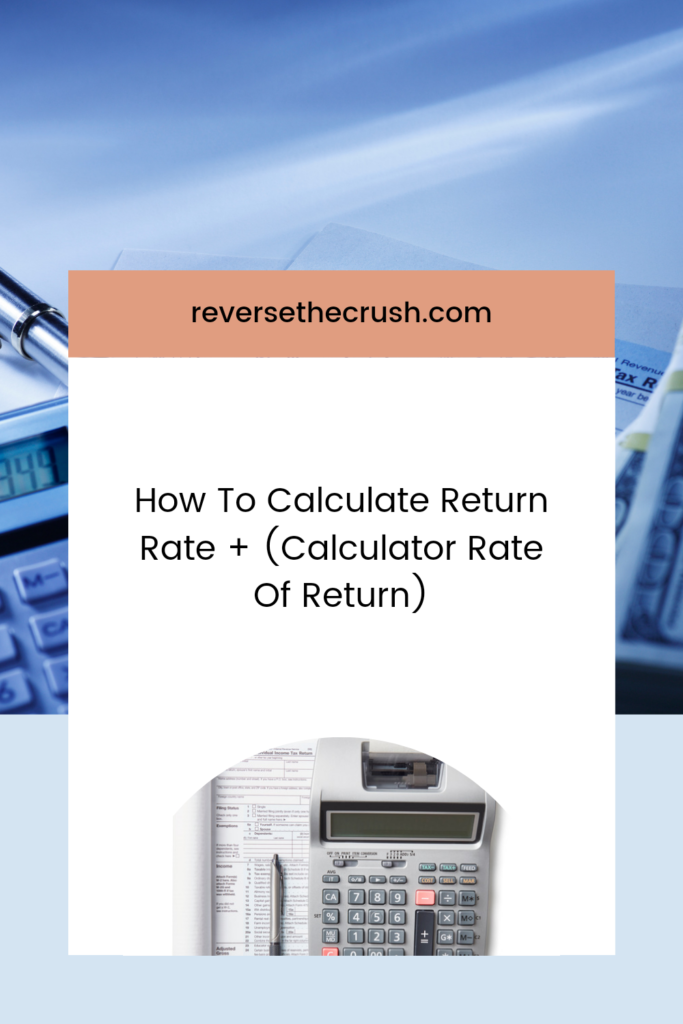
Rate Of Return (ROR): What Is It?
Rate of return (ROR) is a calculation to determine the annualized gain or loss of an investment over a period of time. It is also referred to as return on investment (ROI) or simple rate of return.
The rate of return is conveyed as a percentage of the investment’s initial cost.
In more simple terms, it will show you how well or poor your investment is performing as a percentage.
Furthermore, rate of return can be used to calculate the return rate on various assets: vehicles, houses, stocks, bonds, and more.
For the sake of this post, we will be using ROR to calculate the return on stocks.
Definitions To Calculate Return Rate
Before you can calculate the rate of return on an investment, there are a few definitions you should know:
Initial value. Initial value refers to the amount of money you contributed into the investment.
Current value. Current value refers to the value of the investment at the present time.
Dividends. Dividends are payments that are made to shareholders for investing in a stock.
Capital gains. Capital gains refer to the profits received when a stock is sold for more than it was purchased for.
Interest. Interest refers to income that is paid out to bond holders or from other interest-paying investments.
Fees. Fees are any expenses incurred from investing. They can be commission costs for trades, the management expense ratio (MER) on a mutual fund or ETF, or the fees you pay an investment advisor.
Why Rate Of Return Is Important
The reason it’s important to track your rate of return is to know how well your investments are performing.
It’s not enough to just track your net worth or dividend income, because if you are continually saving money, your net worth and dividend income could still be growing even though your portfolio is losing money.
Also, you could be leaving money on the table. Perhaps your net worth has been increasing, but you are only earning a 4% return rate annually. By tracking your return rate, you will be aware of that.
Then you can compare that performance to an index fund or other investments such as the S&P 500.
If your returns are less than the average rate of return the S&P 500 generates, you might be better off just investing in an index fund than managing your own money.
How To Calculate Return Rate
The basic formula to calculate return rate (ROR) is as follows:
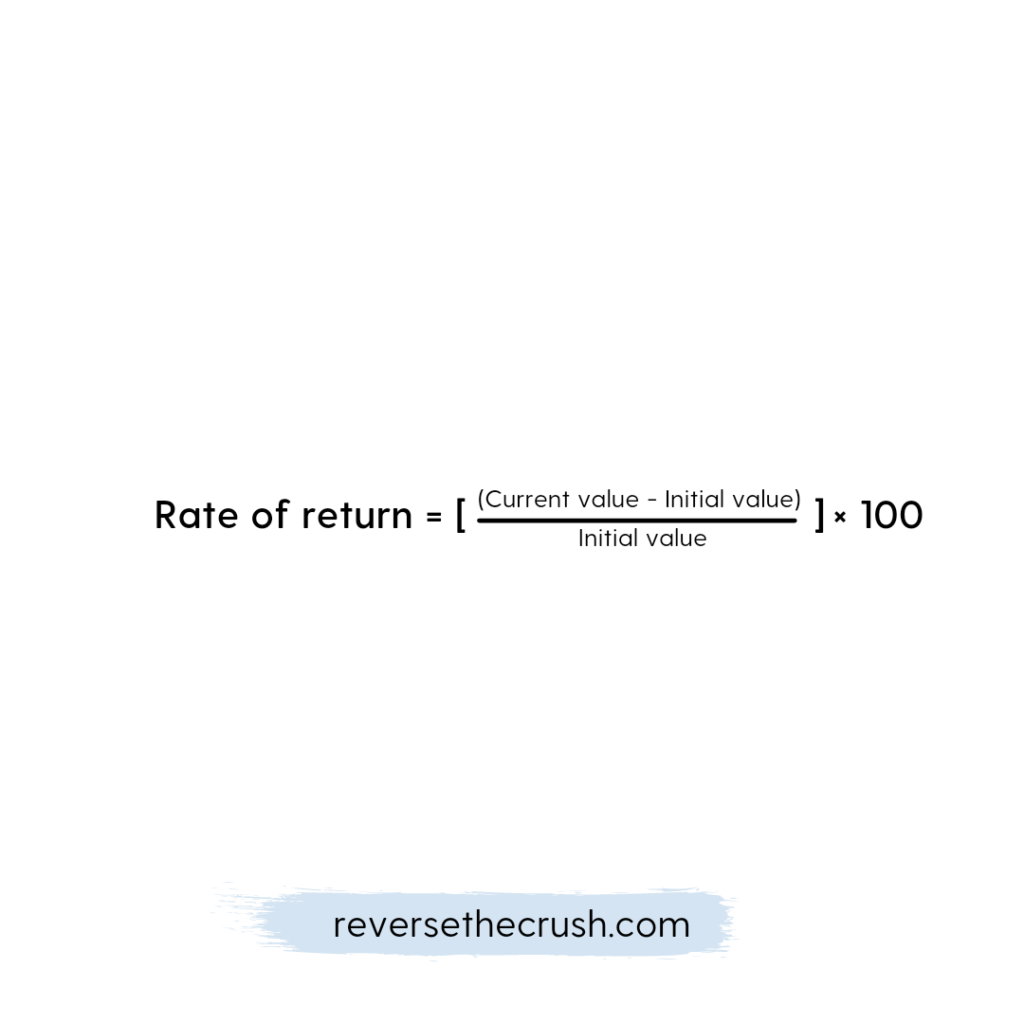
This is an extremely simple calculation that can be used to calculate rate of return.
For example, let’s say you bought $1,000 worth of a stock and sold it for $1,500. What would the return be?
Example (showing my work)
Rate of return = ((1,500 – 1,000)/1,000) * 100
Rate of return = (500/1000) *100
ROR = 0.5 * 100
ROR = 50%
In this example, the rate of return is 50%.
Calculating ROR With Dividends and Fees
The problem with the above calculation is that it is very basic.
It fails to factor in dividends, interest, and fees. You have to keep in mind that other gains made during the holding period of the investment should be included in the formula.
To calculate return rate with dividends and fees, the dividends can be added to the initial value and the fees can be subtracted.
For example, let’s use the same scenario as above. The investor buys $1,000 worth of stock and sells it for $1,500. Only this time, the investor made $50 worth of dividends and paid $15 of commission fees to buy and sell the stock.
Example
We know that the current value is $1,500. But we must also add dividends ($50) and commission fees ($15).
So, we add the $1,500+50-15 = $1,535
Rate of return = ((1,500 + 50 -15 – 1,000)/1,000) * 100
Rate of return = (535/1000) * 100
ROR = 0.535 * 100
ROR = 53.5%
So, when the dividends and fees are factored in, the return is 53.5%.
Calculator For Rate Of Return
As you can see, calculating investment returns is complicated.
Fortunately, there are some excellent calculators out there that will do the work for you.
To use an online calculator to determine your rate of return, visit calculator.net here.
However, I would still recommend creating your own spreadsheet to track returns, because the calculator is limited.
Most of the online calculators do not allow you to factor in dividends, interest, or fees.
Once you figure out your rate of return, though, you can use a compound interest calculator to get an idea of what your portfolio will look like down the road.
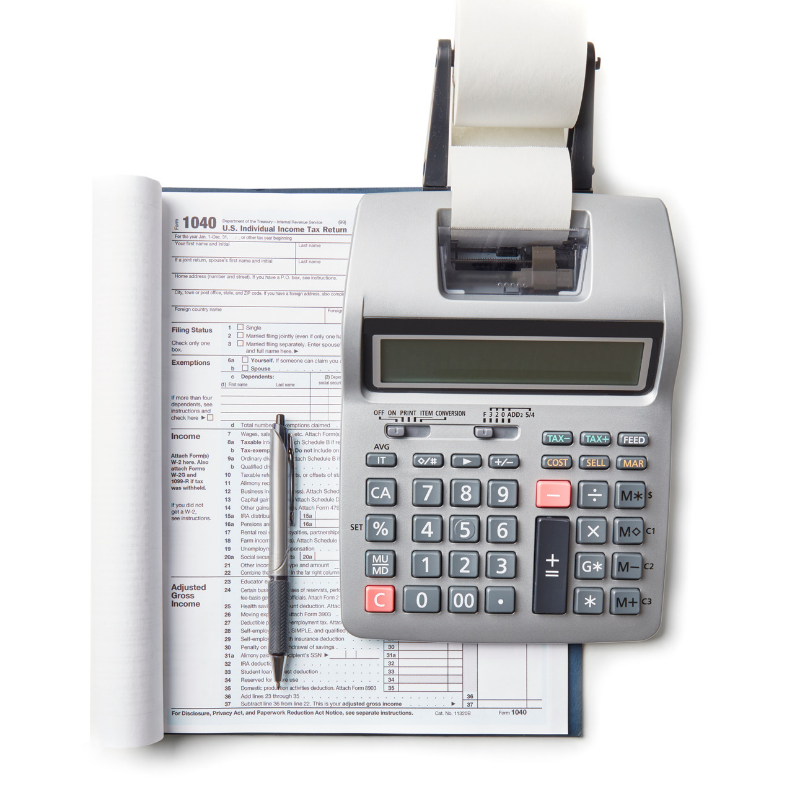
Final Thoughts
Keep in mind that the rate of return calculation only tracks performance over a specific period of time.
It does not factor in the growth of an investment over a longer time frame, which would need to account for multiple periods of growth. For this calculation, you would need to calculate the compound annual growth rate (CAGR).
Furthermore, ROR does not factor in the effect of inflation. If you want to account for the effect of inflation, you would need to use real rate of return calculation.
Nevertheless, the simple rate of return (ROR) calculation will give you a better idea of your investment performance than just tracking net worth or dividend income.
Now I’d like to hear from you. Do you track your rate of return, or do you rely on your broker to track performance?
Related Articles You Might Enjoy
How To Easily Track Your Dividends
S&P 500: How To Buy It And Turn $10,000 Into $420,000
How To Monitor Investments: 9 Foolproof Ways To Stay On Top Of Your Portfolio
I am not a licensed investment or tax adviser. All opinions are my own. This post may contain advertisements by Monumetric. This post may also contain internal links, affiliate links to BizBudding, Amazon, Bluehost, and Questrade, links to trusted external sites, and links to RTC social media accounts.
Connect with RTC
Twitter: @Reversethecrush
Pinterest: @reversethecrushblog
Instagram: @reversethecrush_
Facebook: @reversethecrushblog
Email: graham@reversethecrush.com
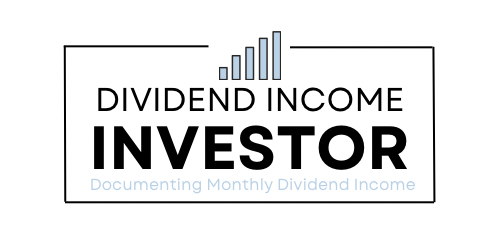
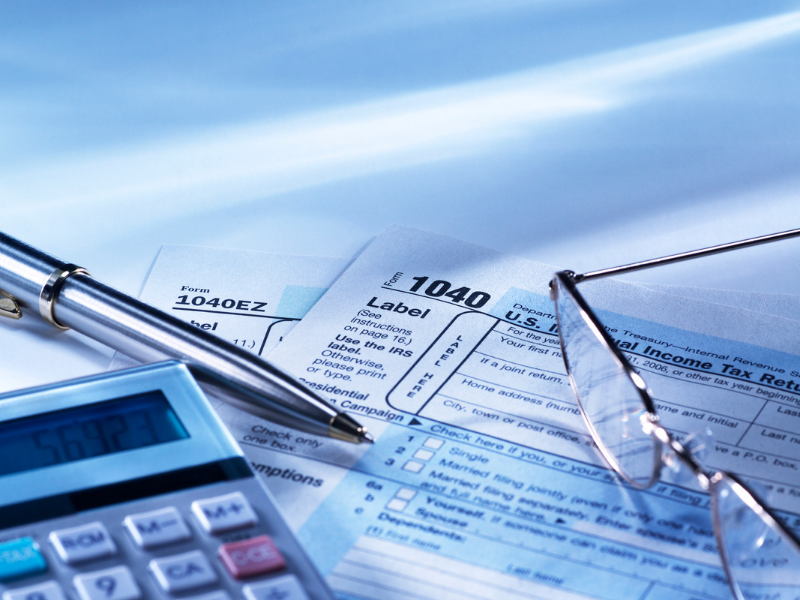
 Best Investors Of All Time: The 10 Greatest Investors Ever (Historical and Modern)
Best Investors Of All Time: The 10 Greatest Investors Ever (Historical and Modern)
